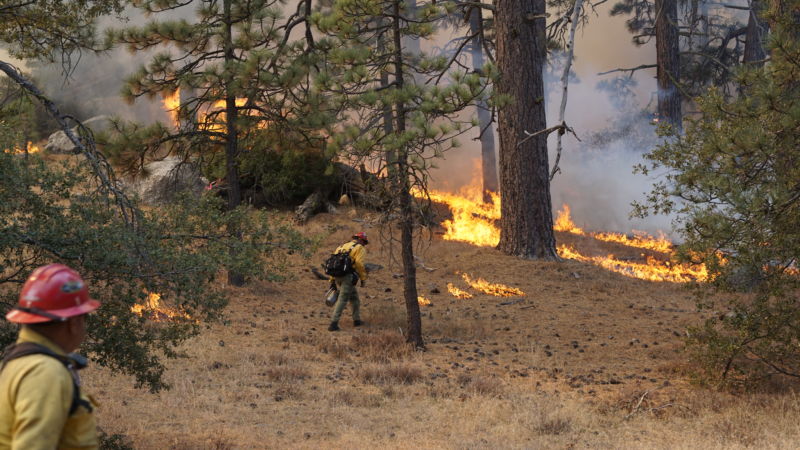Why isn’t California using more prescribed burns to reduce fire risk?

Enlarge / Crews carrying out a prescribed burn in California's San Bernardino National Forest. (credit: San Bernardino National Forest)
Whenever wildfires rip through an area, splashing nightmarish scenes across the evening news, people who live elsewhere seem to have a lot of suggestions. Why don't they log the forest so there's less to burn? Why don't they get millions of goats to graze the brush? Why live in such a dangerous spot? But as with most things, there are usually complications when you look closer.
A new study led by Stanford's Rebecca Miller analyzes one option for limiting fires in California: prescribed burns. The researchers interviewed experts in state government, federal agencies, non profits, and academia to find out what barriers are preventing greater use of prescribed burns.
Burning to avoid burnsPrescribed burns utilize low-intensity fires during favorable weather to safely remove some of the fuel that has accumulated on the ground-fuel present partly as a result of our past practice of putting out wildfires as aggressively as possible. It's often combined with mechanical thinning of brush and trees that serve as "ladders" for fires to climb into treetops, with the resulting brush piles burned later. The researchers say that about 20 percent of the state-20 million acres-could benefit from prescribed burns to reduce the wildfire hazard. But California is not currently on pace to complete that monumental task any time soon.
Read 13 remaining paragraphs | Comments